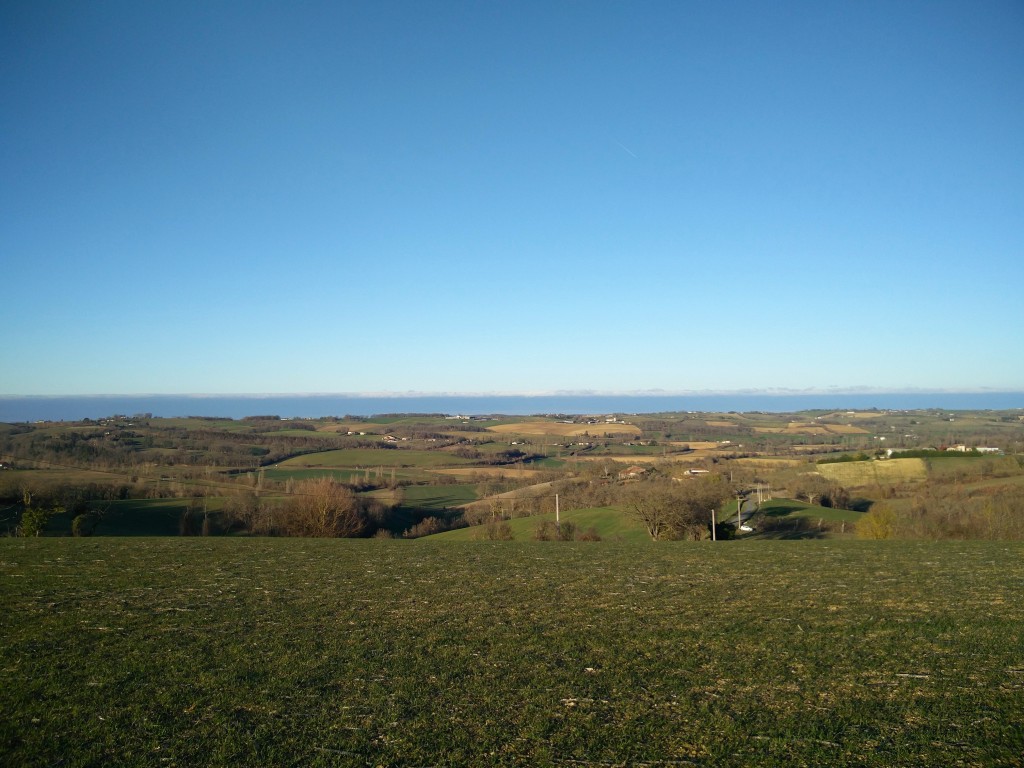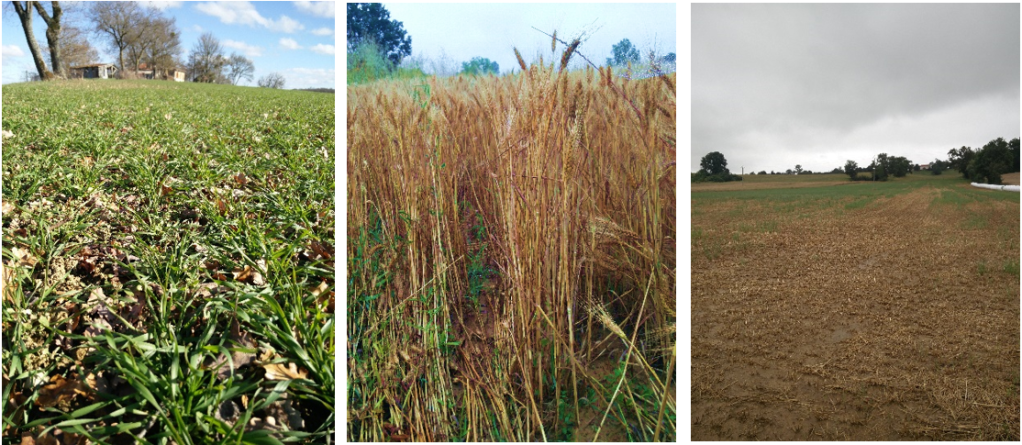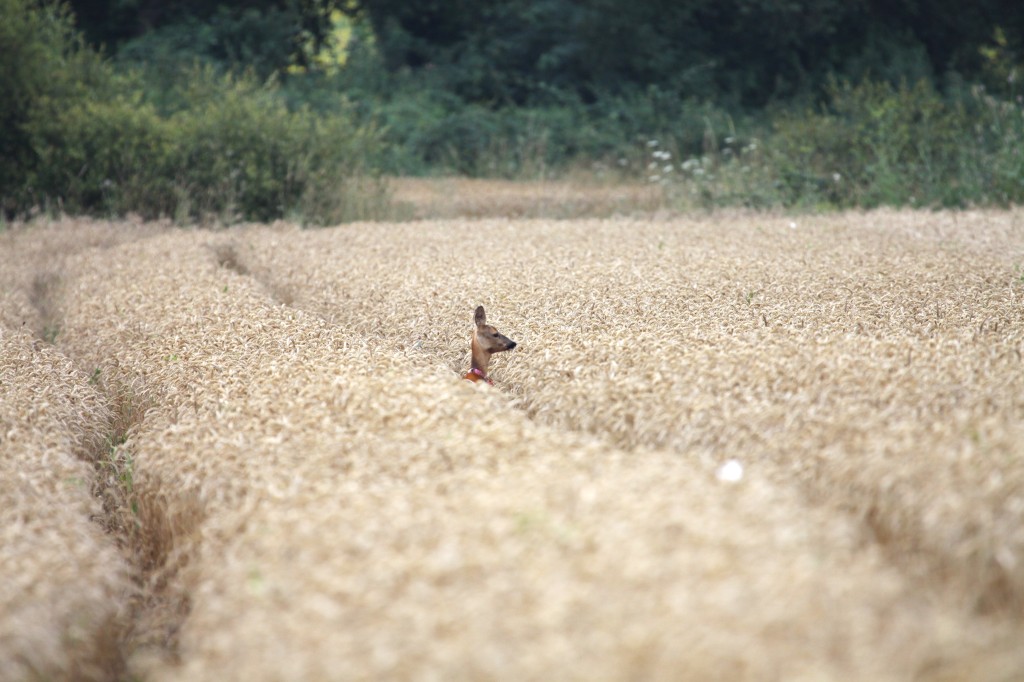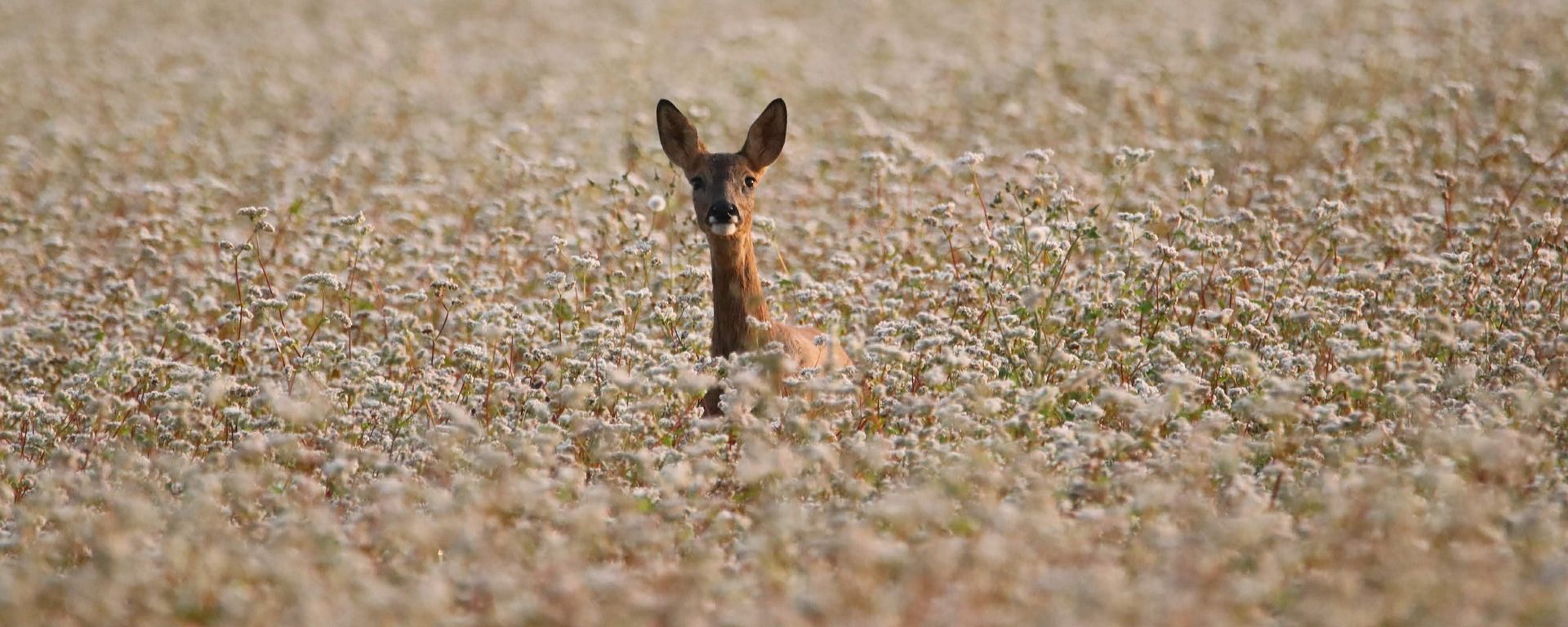Noa Rigoudy and co-authors talk us through their latest work, highlighting how behavioural adjustment may buffer the consequences of the reduction in natural habitats that accompanies intensification of agricultural production. This has implications for understanding how agricultural practices shape the food-safety trade-off of wildlife living in these highly modified landscapes.
Wildlife in agroecosystems
The life cycle of plants (i.e., their phenology) influences how food is distributed across landscapes. Wild animals try to track these changes in space and time and move accordingly to satisfy their daily needs, like eating or resting.
However, habitats in which they can eat are not always the best to avoid predators… Animals are then constantly balancing their time between eating and staying safe in different habitats.
Human activities, such as agriculture, have drastically altered the distribution of food resources and the phenology of plants available for wild animals on earth.

Agroecosystems are particularly emblematic of these alterations as they represent a mosaic of farmland (divided in different crop parcels) and more “natural” habitats such as woodland, hedges or fallow land, in which wild animals must navigate.
Each crop can represent a very different resource in terms of food or cover and its functional role for animals could probably change as it grows.

Many European landscapes have become agroecosystems in which humans and wildlife co-exist, yet little is known on how wildlife respond to changes in crop dynamics, especially regarding their use as potential cover.
Farming practices and roe deer behaviour
We asked ourselves:
- Do wild animals track changes in crop phenology and do they use crops both as food and cover according to the type of crop and its different life stages?
- Are tall crops sometimes used as refuge habitats and can they substitute for the lack of more “natural” cover due to farming activities?
To answer these questions, we investigated the influence of human-driven changes in crop phenology on European adult female roe deer (Capreolus capreolus) behaviour in a French agroecosystem.
We evaluated if common crop types (maize, wheat, and artificial meadows) were used either as food and/or cover across their life cycles, and if this depended on the local density of ‘natural’ refuge habitats.
To do so, we tracked the movement and monitored the activity of roe deer, using GPS collars, and compared this to environmental data recording crop types and changes in their phenology.
Crops have different functional roles for roe deer
Roe deer used crops differently and with different activity levels according to the crop type, its life stage and the time of day. Wheat and artificial meadows were preferentially used at night-time during the early and post-harvest stages only, when roe deer were highly active, suggestive of feeding activity. On the contrary, roe deer preferred using maize during the day when it was high enough to provide cover and when they were less active, indicating that it was primarily used for refuge.

The use of maize as refuge depended on the availability of more ‘natural’ cover, such as woodland and hedges, in the surrounding areas. Roe deer that had little access to ‘natural’ cover seemed to compensate by using tall maize, suggesting that mature maize may substitute for ‘natural’ cover when the latter is scarce.
Preserving heterogeneous landscapes
European landscapes have undergone drastic changes in the past century due to agricultural intensification, leading to a strong reduction in the extent of woodlands and hedges and the homogenisation in the crop types that are grown. As a consequence, roe deer have had to fine-tune their behaviour to the dynamics of crops. Our work highlights the importance of preserving heterogeneous landscapes with both native habitats and crops that can fulfil similar functions for wildlife.
We advocate maintaining heterogeneous landscapes that combine natural habitats with high crop diversity to promote human-ungulate coexistence.
Read the full article “Crop phenology reshapes the food-safety landscape for roe deer in an agroecosystem” in Journal of Applied Ecology



This article beautifully highlights the delicate balance between wildlife conservation and agricultural needs, focusing on the fascinating interaction between roe deer and crop phenology. The insights provided shed light on how these animals adapt their behavior to optimize food availability while minimizing conflicts with human activities. It’s commendable to see research efforts directed towards understanding and managing such complex ecological dynamics. Thank you for sharing this informative piece!
LikeLike